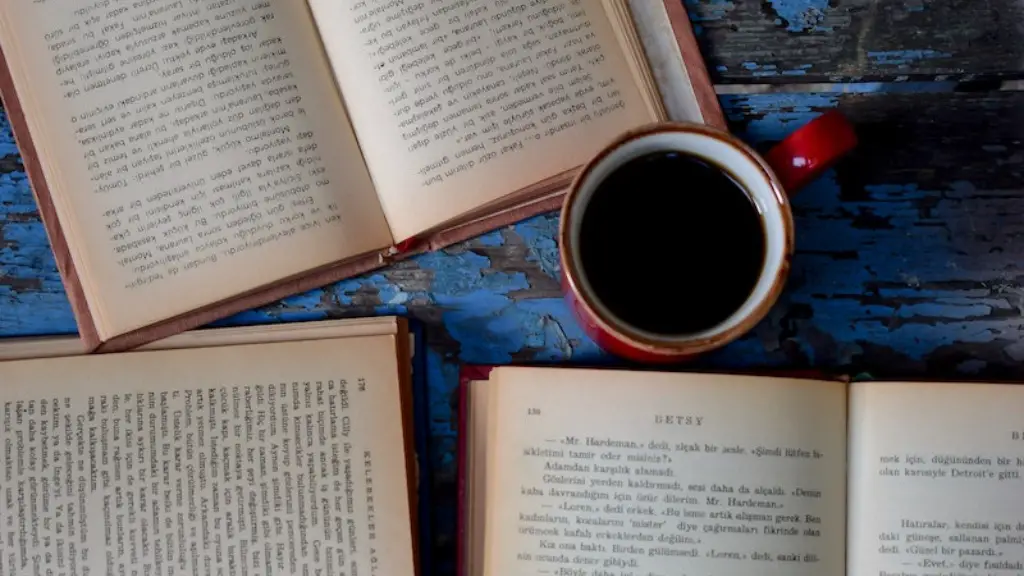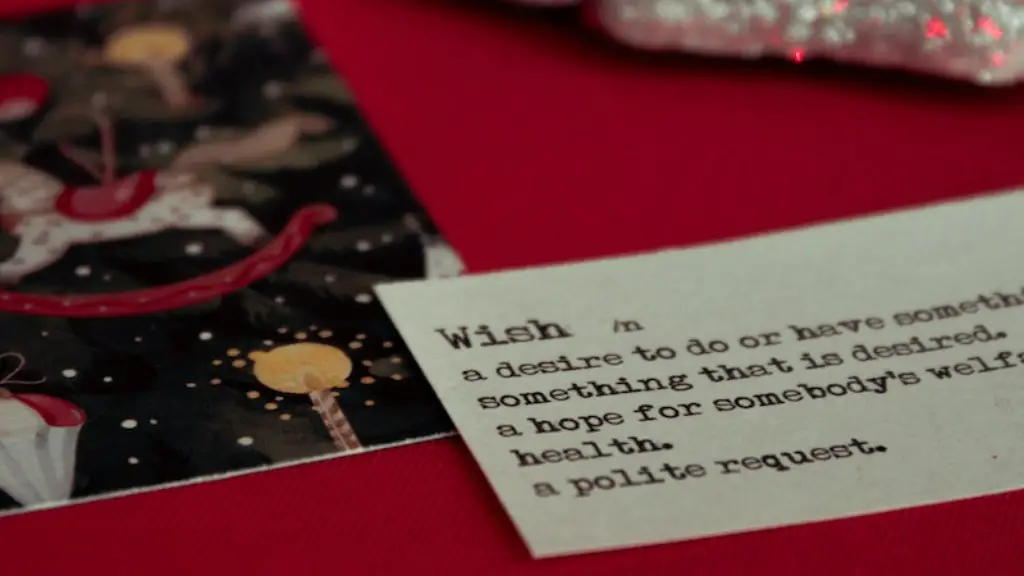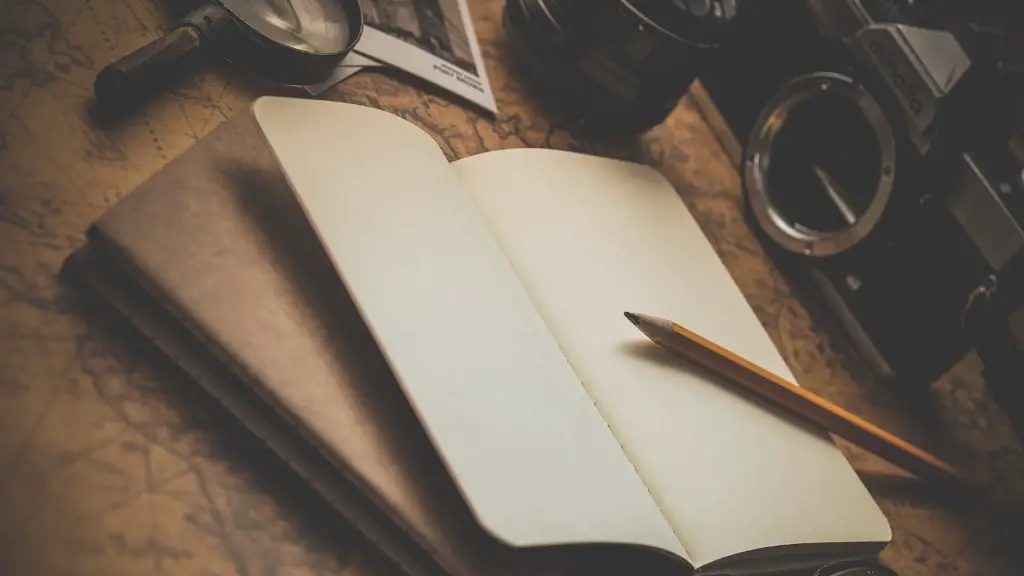Ballad poetry is a type of lyrical poem that tells a story. Most often, it uses a narrative structure, describes characters, and often follows a traditional or folk narrative form. The poems generally have a simple meter, often rhyme in couplets, and may contain improvisatory elements. Ballad poetry dates back to medieval times and has been used to tell stories, legends, tales, and political commentaries for centuries. Ballad poetry is often used to make a point, comment on a current event or issue, or to create an amusing anecdote.
When it comes to ballad poetry, it generally consists of a simplified story told in a declamatory style. Most commonly, ballad poems are four-line stanzas that feature an AABB rhyme pattern. Usually, the number of syllables in each line follows an 8–6–8–6 metre. There are some variations in the genre, especially in terms of structure and metre. While many forms of ballad poetry use implied refrains and repetition, some forms allow for more creative contexts and free verse.
Ballad poetry developed out of traditional folk songs, primarily in Britain and Ireland. In the 19th century, ballad poets wrote a great deal of verse about love and death, often with heroic and romantic elements. These poems often had a narrative structure and a strong literary element to them. Later in the century, ballad poetry used moral and historical texts to explore the human condition more broadly. In the 20th century, ballad poetry was modernized and used in popular music, such as country and rap music.
When writing ballad poetry, it is important to consider the traditional forms of ballad poetry and use them to create a unique approach. It is advisable for a poem to have a narrative structure and for the poet to use simple rhyme patterns and syllabic structures. These elements add to the poem’s appeal, making it easier to relate to and remember. Additionally, ballad poets should strive to create vivid images, both through word choice and through narrative elements. In terms of word choice, it is important to use precise words instead of vague words or cliches. Additionally, ballad poems should have a strong emotional element, as this will engage the reader.
When writing a ballad poem, it is also important to craft an effective conclusion. It is difficult to craft a resolution that leaves the reader feeling satisfied, but this can be achieved with certain elements. Clues in the poem can help the reader determine the path to its conclusion, while the tone should suggest a satisfactory resolution. Additionally, the poem should finish on a high note, leaving the reader with an emotional connection to the story.
Using Metaphors in Ballad Poetry
Using metaphors in ballad poetry can help elevate the emotion of the poem and allow the reader to connect more deeply to the story. Metaphors act as devices to allow readers to picture the action in an imaginative way and create a vivid emotional landscape. When using metaphors, it is important to ensure that the devices are relevant to the story and make sense to the reader. By using devices such as similes and personification, the reader is allowed to connect to the story and the characters in an imaginative and powerful way.
Linking Dialect to Ballad Poetry
In ballad poetry, the use of dialect can help the poet create a vivid and immersive atmosphere. Dialect can be used in order to conjure up certain images in the reader’s mind, as well as to add authenticity to the narrative. Generally, dialect is used to capture the speech patterns of particular areas and groups in society. By including dialect, the poet is able to evoke certain feelings in the reader and create a more immersive experience.
Historical Context of Ballad Poetry
Ballad poetry has a deep-rooted history that dates back to medieval times. During the Middle Ages, ballad poetry was used to tell stories and comment on political issues. The term ‘ballad’ was first used in 16th century England to refer to a type of lyrical poem that was often used to tell stories. In the 19th century, ballad poetry became popular in England and America, and was used to tell romantic and heroic stories. The poems often used a simple metre and had a narrative structure. In the 20th century, the genre of ballad poetry underwent a series of transformations, with its themes and forms modernizing significantly.
Reflection on Ballad Poetry
When reflecting on ballad poetry, it can be easy to recognize the unique and powerful emotions that the genre evokes. Through the use of narrative structure, rhyme and metre, and vivid images, ballad poets can craft stories that leave a lasting impression on the reader. The genre allows for writers to explore certain stories and topics in a creative and imaginative way, while also allowing the reader to deeply connect to the material. The use of dialect and metaphors helps to create a more immersive atmosphere, while the simple metre and traditional forms help to engage the reader. Ballad poetry is an art form, and one that allows writers to explore a range of topics in a deeply meaningful way.
Ballad Poetry and Humour
Humour can be a powerful tool in ballad poetry, as it can add a lighthearted approach to a poem and engage the reader in a new way. When using humour in a ballad poem, it is important to ensure that the joke is relevant to the narrative and does not detract from the overall intention of the poem. Additionally, humour should be used in a clever and subtle way, as it can quickly become corny and detract from the story. By using humour wisely, a ballad poem can become more interesting and add an unexpected element.
Combining Genres into Ballad Poetry
Combining other genres into ballad poetry can help add depth to the poem and create a unique atmosphere. For example, using elements of horror can create a dark and chilling atmosphere or using elements of romance can hint at a hidden connection between the characters. By combining traditional ballad forms with other genres, the poet is able to create a story that is both familiar and fresh.
Writing Ballad Poetry in Different Voices
Using several different voices when writing a ballad poem can help create a more immersive experience for the reader and add depth to the narrative. By alternating the voice of the poem, the reader is able to gain insight into different characters, events, and perspectives. By doing this, the poet is able to give the poem a unique and powerful tone. Additionally, by switching up the perspective, the poem can take on a new and interesting angle.
Ballad Poetry and Modern Music
Ballad poetry has been used in modern music for decades, with the genre being used to create thought-provoking songs. When writing ballad poetry for music, it is important to consider both the lyrics and the musical accompaniment. An effective ballad poem for the music should evoke emotions in the listener and make use of vivid imagery and language. Additionally, the themes explored in the song should be powerful and relevant to the current context. By considering all of these elements, a songwriter is able to create a powerful and memorable piece of music.


